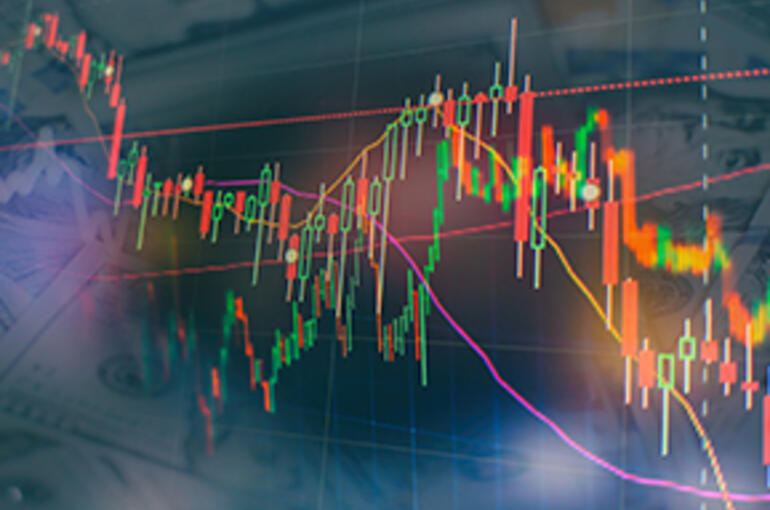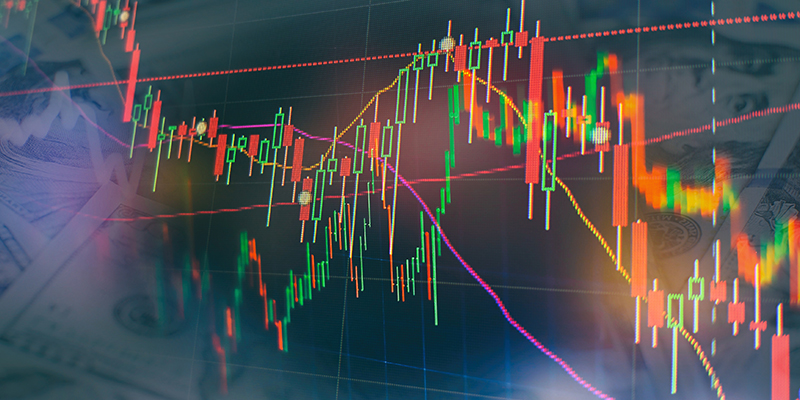Will idiosyncratic risk become dominant?
The collapse of Wirecard has been a reminder that idiosyncratic risk should not be ignored, especially when the economic environment is in turmoil.
8 juillet 2020

Fabrice Rossary
Chief Investment Officer, SCOR Investment Partners
This article is an opinion article and does not constitute investment advice or recommendations. Neither the author nor SCOR Investment Partners assume any liability, direct or indirect, that may result from the use of information contained in this opinion article.
Idiosyncratic risk is a type of investment risk that is endemic to an individual asset1. The collapse of Wirecard has been a reminder that this risk should not be ignored, especially when the economic environment is in turmoil. It’s often at times like these, when volatility increases and cashflow starts to become critical, that financial wrongdoing is uncovered:
- After the dotcom bubble crash and the World Trade Center attacks of 9/11, 2001, the financial market was impacted by a sequence of corporate defaults triggered by fraud: Enron in December 2001, Worldcom in June 2002, and Parmalat in November 2003.
- During the 2008 Financial Crisis, rogue traders from investment banks (such as Société Générale and JP Morgan, for example), were no longer able to hide the extent of their reckless gambling, with losses running into billions. During the same period, the bursting of the Madoff Ponzi scheme marked the culminating point of unethical behavior and a lack of governance.
As Warren Buffet said:” You never know who’s swimming naked until the tide goes out”.
Investors are now focusing on systemic risk, and primarily on how long government support or central bank dovishness will be able to smooth out the adverse economic impacts of the Covid-19 lockdowns.
After the 2008 Financial Crisis, there was a structural regime change that still prevails. When you look at market valuations, you can see the bias towards overweighting systemic risk. The average credit spread of bond issuers from the financial sector is wider than that of corporate sector issuers. In the securitization market, for the same underlying portfolio, AAA tranches have been relatively less expensive than the equity part of the structure, despite a significant protective adjustment of their attachment points.
However, the Wirecard event shows that idiosyncratic risk is back in the spotlight. Moreover, history has taught us that idiosyncratic risk is a clustering phenomenon. So it’s highly likely that Wirecard will not be an isolated case over the next few quarters.
Some feel that fraudulent behavior is inherently difficult to detect, because financial engineering and the optimization of accounting have created too much opacity. Nevertheless, cases like the Wirecard scandal could be avoided, or their impacts mitigated, with the adoption of a few simple golden rules.
Rule number 1: Cash is king
When analyzing a balance sheet or an income statement, understanding the nature of the company’s cash, where that cash is located and its level of fungibility, should be a top priority. It could help to raise red flags. For example, for Parmalat, part of its cash was supposed to be in its Cayman Islands-based hedge fund subsidiary, and for Wirecard it was supposed to be located at two Philippine banks.
Despite several corporate frauds, too much weight is given to the concept of earnings, which is by nature a non-cash item. This is partly because the wide use of leverage makes EBITDA a better way to compare companies with different debt levels.
Return on Equity, the EBITDA margin and Debt to EBITDA are the mainstream ratios, with little room left for cash-based ratios. Even the analysis of free cash flow often starts with the firm’s earnings, which are then adjusted by adding back appreciation and depreciation expenses and deducting changes in working capital and capital expenditures.
Rule number 2: Manage the downside risk
While over-performance is often driven by the concentration of risk, portfolio construction should be driven by the management of downside risk rather than by potential gains. When sizing a position in a fund, the first question should be how much loss could I sustain if I’m wrong, rather than how much will I gain if I’m right. This is especially true for strategies with asymmetric payoffs like credit.
Rule number 3: Avoid pure index replication
In the bullish market environment of the past ten years, investors have favored low-cost investment solutions such as passive index replication. ETF products2 have benefited from this preference, with their assets under management taking a material market share. The hypothesis is that performance linked to individual selection (alpha generation) is volatile and does not justify the higher fees charged by active managers. This works when the return is mostly driven by the directionality of the market (the Beta) and not by individual selection. But today, the situation could be reversing. Indeed, as history has shown, dispersion of performance usually increases after a high volatility peak. Consequently, issuer selection is becoming a more dominant factor in terms of return, making active management a better solution.
Rule number 4: Put sustainability at the heart of the investment process
Delivering long-term superior performance should be the objective of any fund manager. Applying an ESG framework allows them to better manage risk, improves resilience, and improves their chances of achieving the right performance. It’s interesting to note that Wirecard’s governance was identified as being relatively weak by most data providers (the ISS ESG rating places it in the bottom third of its peer bucket, for example).
Applying these simple golden rules does not guarantee the avoidance of idiosyncratic risk, but it does help to mitigate them, by placing greater emphasis on issuer selection, governance criteria and diversification.
1. Definition by Investopedia
2. “An exchange traded fund (ETF) is a type of security that involves a collection of securities - such as stocks - that often tracks an underlying index, although they can invest in any number of industry sectors or use various strategies. ETFs are in many ways similar to mutual funds; however, they are listed on exchanges and ETF shares trade throughout the day just like ordinary stock.” Definition by Investopedia
